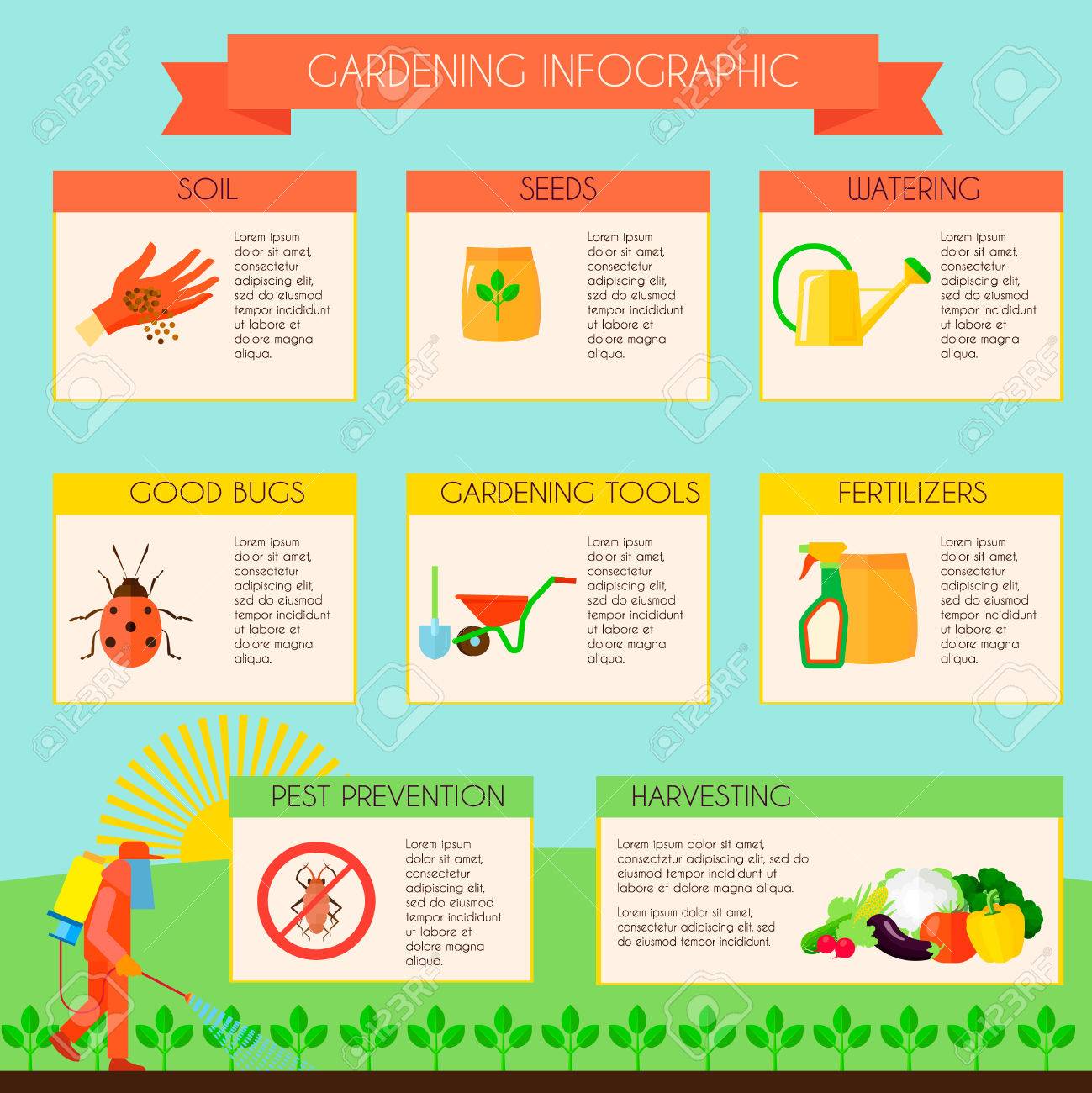Handling Rodent Infestations: Insights Into Rodent Psychology
Handling Rodent Infestations: Insights Into Rodent Psychology
Blog Article
Web Content Author-TRUE Thorsen
When it involves rodent control, comprehending common rodent actions is vital to effectively managing infestations. Did you understand that rodents have some fascinating nesting habits that might shock you? By discovering their complex actions, you can obtain beneficial understandings right into exactly how to tackle rodent problems in a much more calculated and reliable way. So, let's unravel the secrets behind these creatures' activities and discover exactly how to outsmart them in your rodent control initiatives.
Rat Nesting Habits
When observing rats in their natural environment, you'll observe that they actively choose products to construct their nests. Rodents, such as computer mice and rats, are resourceful animals that use a range of products like twigs, leaves, paper, and textile to build their homes. They're meticulous in their nest-building procedure, usually lining their nests with softer materials like hair or feathers to create a comfy setting.
Rodents prefer to construct their nests in surprise and secure areas to shield themselves and their young from predators. Common nesting spots consist of wall tooth cavities, attic rooms, cellars, and also within insulation materials. By building their nests in these remote areas, rats can securely increase their spawn far from potential risks.
It is vital to recognize the nesting habits of rats when applying control steps. By disrupting their nests or removing materials, you can inhibit rats from establishing a presence in your home or residential or commercial property. Appropriate sanitation and sealing entrance points are likewise critical steps in stopping rodent invasions.
Rat Feeding Patterns
After observing rodents' nesting practices, it ends up being apparent that their feeding patterns play a crucial role in their every day lives and actions. Rats, including mice and rats, are opportunistic feeders, implying they'll eat whatever food resource is conveniently available. They're primarily nocturnal creatures, choosing to forage for food throughout the cover of evening to stay clear of predators.
Rodents have a diverse diet plan, ranging from grains, seeds, fruits, and veggies to bugs, nuts, and even tiny pets. This flexibility in their food choices enables them to flourish in numerous settings, consisting of metropolitan locations where human food sources are plentiful.
Their feeding patterns aren't just driven by hunger yet additionally by the demand to stock food for times of shortage. This habits is particularly noticeable in preparation for winter months or when nesting. Rodents are known to hoard food in their nests or burrows, ensuring a continuous food supply. Understanding their feeding patterns is necessary in carrying out efficient rodent control procedures to interrupt their food resources and prevent problems.
Rodent Motion and Travel
Rodents browse their surroundings with agility and stealth, utilizing their eager detects to relocate swiftly with their settings. These animals are experienced climbers, able to scale walls and upright surfaces effortlessly. They can also squeeze through remarkably tiny openings, making it vital to seal any kind of prospective access points in your home.
When it involves traveling, rodents tend to comply with acquainted paths, creating tracks along walls or skirting the sides of rooms. They're creatures of habit, often staying with these established routes as they forage for food or discover their surroundings.
Rats are known for their nocturnal routines, so you may hear them scooting about in the evening as they search for food and water. Their movements are quick and unpredictable, allowing them to dart in and out of sight in the blink of an eye.
Understanding just how rats move and travel can help you recognize prospective infestation locations in your house and take positive steps to avoid these insects from acquiring a foothold.
Final thought
As you work to regulate rodents in your home, bear in mind that comprehending their habits is essential. By identifying their nesting habits, feeding patterns, and activity, you can effectively stop problems.
Coincidentally, by taking https://www.wsls.com/features/2022/03/04/animal-rescue-inspires-childrens-book-to-help-southwest-virginia-wildlife-center/ to remove food resources and seal off entry factors, you can disrupt their familiar courses and require them to choose brand-new places, eventually lowering the probability of rodent existence in your space.
